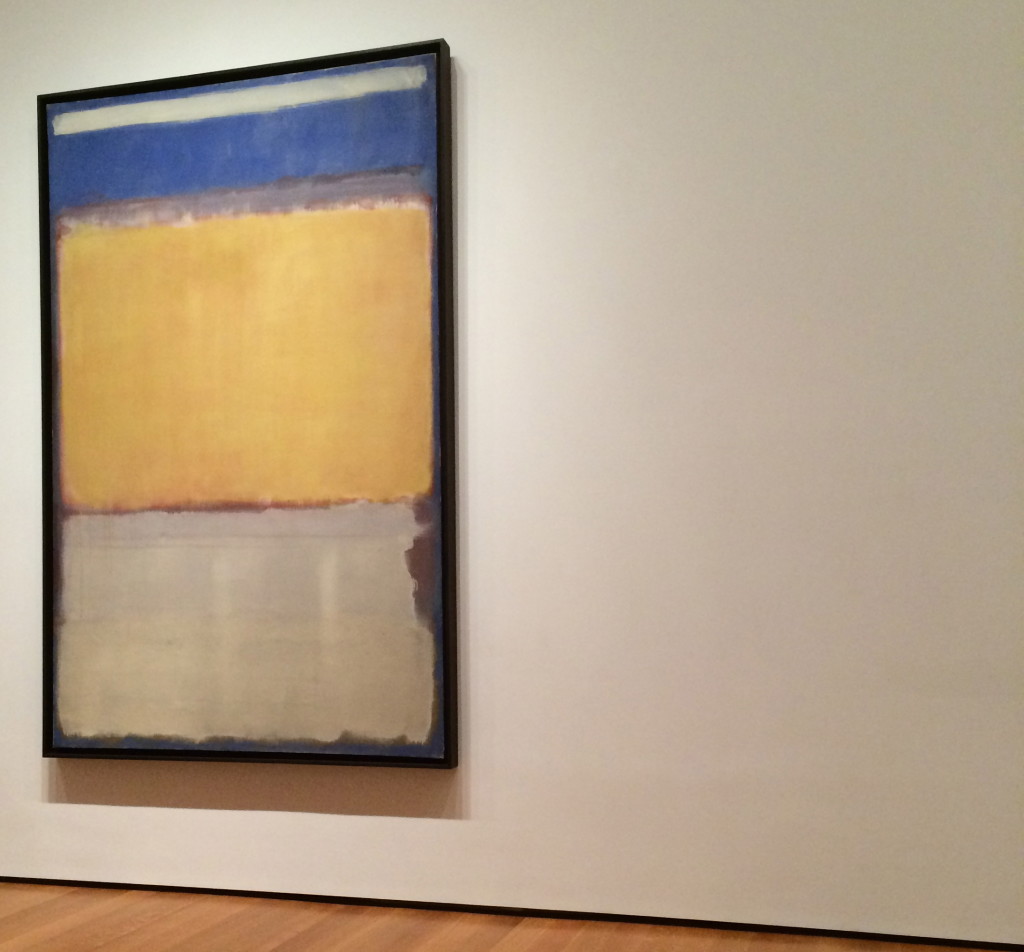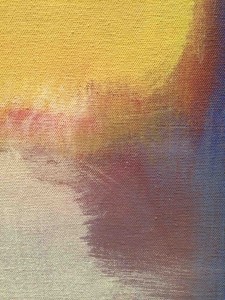 Someone once asked me in front of a Rothko “But where is the humanity in that?” Representational art, he felt, was more respectful and worshipful of the world and mankind, whereas modern art had turned its back on it.
Someone once asked me in front of a Rothko “But where is the humanity in that?” Representational art, he felt, was more respectful and worshipful of the world and mankind, whereas modern art had turned its back on it.
I asked my friend Dan Siedell (author and Presidential Scholar and Art Historian in Residence at The King’s College, NYC) what his response would be.
He said that Modern Art had emerged in the mid-ninteenth century when artists left the studio and headed out into the landscape.
Studio art had ultimately become a distortion of humanity. Artists were involved in outdoing each other in an all out technical virtuoso academic showing off, basically. They weren’t interested in showing the human form as it really was, but only in showing a version they decided was better.
(Hmm. So, in fact this art was not representational at all, but idealized. And in fact distorted in its own way. Setting itself up as a superior version of humanity. Which begs the question… Where is the humanity in that?)
Modern art emerged when artists left the studio and went after truth, when they set out to recapture a sense of wonder and enchantment. And instead of copying what they saw (by this time photography was around and it was far better at copying) they tried to show what they felt.
Modern art demands something of us. It doesn’t hand anything to us on a plate. It doesn’t make it easy for us. We can’t stand in front of a Rothko and say, “Ah yes I see exactly what is going on here and that this is this and there is a horse and that’s a soldier and this is a story about this or that.” It’s not comfy. We want to explain it. We want to be in control. But we aren’t. It humbles us. It requires us to listen and watch and wait.
Much as standing in front of the Grand Canyon does, or a vast ocean.
Because it’s not about what we do to the painting. It’s what the painting does to us.
“Everyone wants to understand art. Why not try to understand the song of a bird? Why does one love the night, flowers, everything around one, without trying to understand them? But in the case of a painting people have to understand.” Picasso
You may be interested to read a related blog on modern art: My Child Could Do That.

I find Rothko’s work to be incredibly relaxing, like, ‘oh, okay, everything will be allright.’ Where isn’t the humanity in that?
As an artist existing in the post modern era, art has become about, ‘what new concept can I come up with?’ Sculptures of legos? Re-defining graffiti? You have to be careful about your motives, why am I painting this? Beauty? Grostequeness? Showmanship? That all seems very human to me.